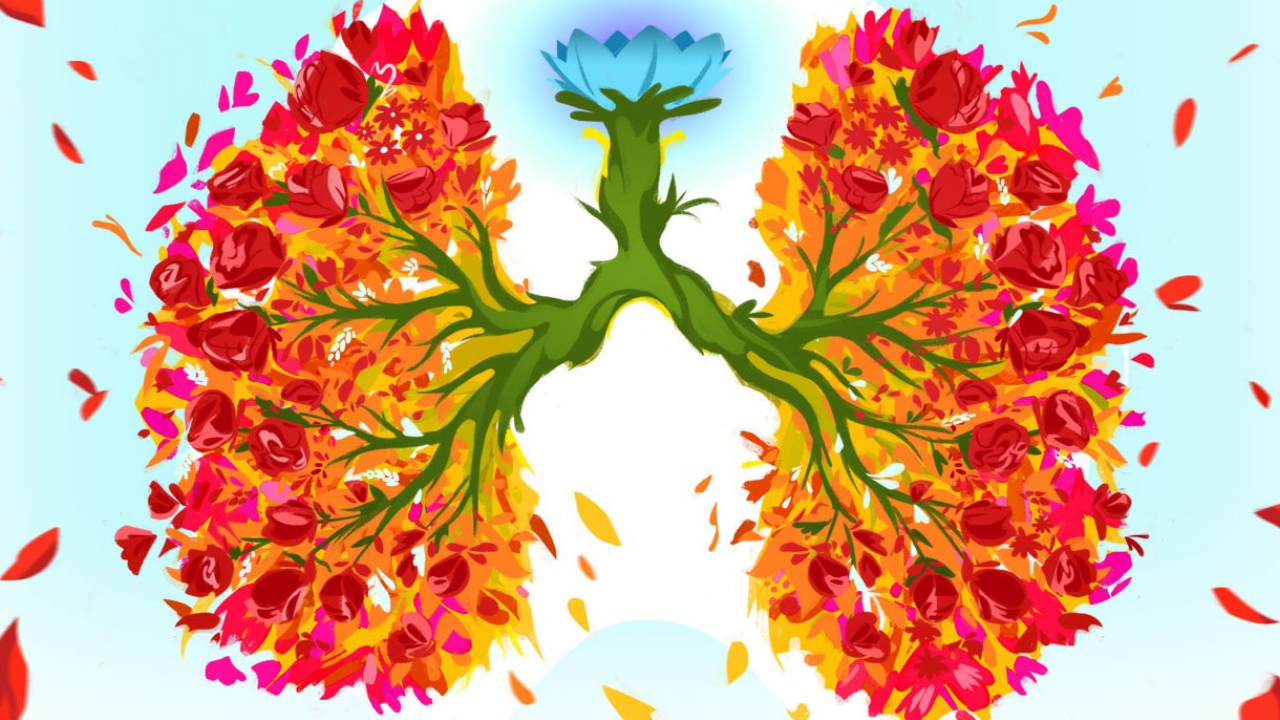Using TRE® For Stress Relief

A few weeks ago, I was asked to talk about how to release tension and trauma from the body with TRE® (Tension & Trauma Release Exercises) as a part of self-care education for a local Children's Advocacy Center. This was being offered as a part of staff development day, and for board members, volunteers, educators, forensic interviewers, and staff.
Before I led the group through TRE®, the group was learning about "Presenting for Impact," strategies and best practices for presenting in front of people. For most people, public speaking is uncomfortable but with practice, it does become easier. The presenter leading this session did a great job sharing how to make a bigger impact with our speeches, from catchy headlines to using examples to teach a new concept or personal stories that people can relate to that demonstrate the main points. It was a power-packed and super informative session. My favorite part was how she used funny videos to show the group what not to do.
She also touche...
The Healing Benefits of TRE®

Most of you who follow me have heard me mention or discuss TRE® at one point or another. I often mention it in my YouTube live videos as well as in social media posts. I use it with my clients and I practice it regularly in my daily self-care routine. And I'm very excited to be teaching a group class in my home country, Iceland, next month with Deva Laya Guleng.
So what is TRE®?
Tension & Trauma Release Exercises (or TRE®) is a simple yet innovative series of exercises that assist the body in releasing deep muscular patterns of stress, tension, and trauma. Created by Dr. David Berceli, Ph.D., TRE® safely activates a natural reflex mechanism of shaking or vibrating that releases muscular tension, calming down the nervous system. When this muscular shaking/vibrating mechanism is activated in a safe and controlled environment, the body is encouraged to return back to a state of balance.
There are lots of benefits to TRE®. But the main reason I love it as much as I do is because it has ...
How You Care For Yourself is How You Feel About Yourself

I struggled with self-care for a long time. It wasn’t an easy task for me. Back then, I was solely focused on numbing myself. I was in too much pain and too ashamed of what had happened to me. It hurt too much to think about it. In the process, I had completely disconnected from myself, my body, and my needs.
What helped was when I learned about the long-term impact of trauma, what the long term impact of toxic stress on my body. I could easily see how the abuse I suffered made me not want to talk about the past, feel my feelings, or want to take care of my body. But what was invisible to me was how the toxic stress from my childhood was still fueling the high level of cortisol in my body. The high levels of stress hormones in the body can create and contribute to long-term problems with our heart and our blood vessels. This information became a complete game changer for me.
I had to start to practice good self-care to help my body counter the years of living with toxic levels of s...
How the Simple Act of Tidying Can Have a Deep Impact

Have you heard of the new show, Tidying Up? It features Marie Kondo, the bestselling author of The Life-Changing Magic of Tidying Up, and how she brought her decluttering talents to the homes of people needing to organizing their lives.
I started to watch soon after it came out and immediately loved her simple steps for cleaning and decluttering a space.
My husband and I spent a week sorting through different rooms, closets, and cupboards and we got rid of a lot of stuff, things we had held on to for years for no reason! Once we got rid of the things we no longer needed, we were able to reorganize the things we decided to keep and now our apartment feels lighter, cleaner, and more put together.
I can now say, for the first time in my life, I have my socks and underwear folded in a container in an orderly fashion. Who could have guessed that it would feel so good to fold your socks??
Ever since, I have been recommending this show to my family, clients, and my groups. What I especial...
Reconnecting With the Power of Your Breath

Self-awareness is an ongoing part of the trauma healing journey. It can feel a bit overwhelming in the beginning, as you are literally choosing to counter your biology in choosing discomfort, learning how to navigate stepping outside your comfort zone and taking a hard look at your helpful but toxic coping strategies. Are you aware of your coping strategies? We can also call them habits.
Part of what I do to support my clients is to provide a bit of trauma education. I know it provided me with comfort to know that there was nothing wrong with me in how I had responded to and lived through my trauma. In fact, I was in many ways a textbook example of a child that grew up in a household with domestic violence and was being abused emotionally, physically, and sexually. The outcome, like so many others, was my living with toxic stress (Learn more about ACE study here) as a child and growing into adulthood with the toxic stress keeping my systems on high alert, all the time.
As I began to ...
How to Stop Resisting Healthy Change

Why do we resist healthy change? Why does resistance rear its stubborn head every time we decide to do something good for ourselves? It makes no sense!
Or does it?
The purpose of resistance is to protect you. It is a biological occurrence, it happens without your say once you have experienced trauma because it is your brain’s job to keep you safe. That’s one of its many skills. And the brains attempt to keep you safe involves minimizing change, because change comes with mystery, risk, and uncertainty. After a traumatic event, the brain comes up with a way to survive it. It comes up with an answer to why it happened. It comes up with a way to deal with the pain, which is usually by burying it when one is too young to deal with the complexity of it. The brain then makes you hyper aware of future situations that are similar to the previous one, to do anything to prevent it from happening again. And once that trauma, especially recurring trauma, has occurred, your brain believes that th...